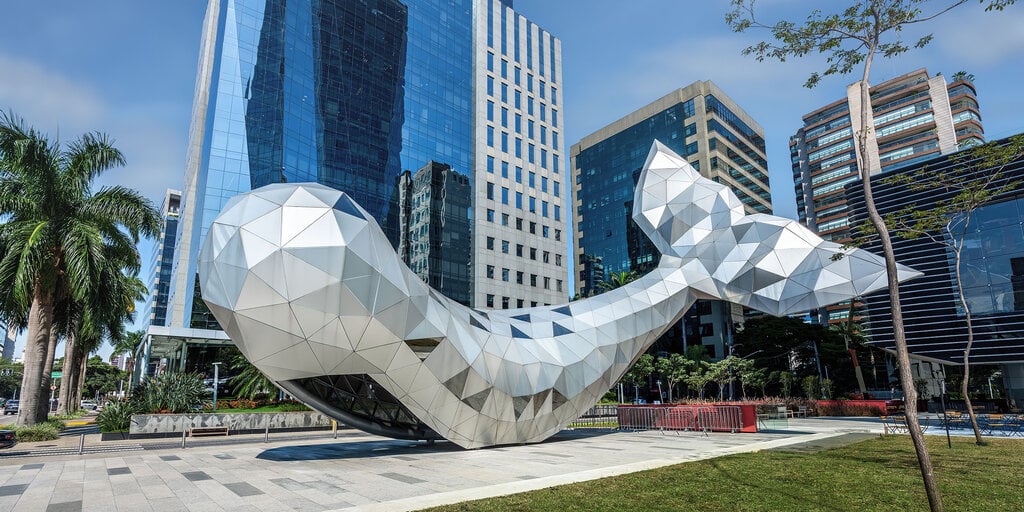The bear market may have primarily struck the global north.
According to a joint report published today by the University of Cambridge and the Inter-American Development Bank, the Latin American and Caribbean region—the LAC—saw significant growth from 2020 to 2022.
Between June and August last year, a combination of 80 private enterprises and public sector institutions were surveyed, spawning the “Cryptoasset Ecosystem in Latin America and the Caribbean” report.
The analysis crunched data from the Cambridge Fintech Ecosystem Atlas, a dynamic visualization of the crypto industry. It tallied 175 companies in the region in 2022, of which 100 were headquartered or incorporated in LAC, altogether showing that the crypto industry has more than doubled since 2016.
While interest in crypto remained strong throughout, the report uncovered that the motivations driving investors have changed over the years.
Speculation led the way before 2020, with respondents answering that they were mostly driven by profiting from rising asset prices. Nowadays, hedging from inflation and devaluation is considered the most important reason to purchase crypto, followed by remittances, and cross-border payments placed third.
According to the research, Brazil, Argentina, and Mexico host the largest number of crypto companies, with the first leading the way in the three main market segments. Those are exchanges (74%), digital payment companies (41%), and crypto custody solutions (27%).
Regulation was a main focal point for the research and is considered by most respondents as the top hindrance to a bigger and more developed crypto industry in the region.
Andrés Junge, co-founder of crypto compliance company Notabene, echoed this last point. He told Decrypt that the region is “more lax” than our northern hemisphere counterparts, which translates into “limiting the masses from accessing crypto.”
Junge built the first Bitcoin exchange in Chile along with Ethereum’s self-sovereign identity platform, uPort. He reckons the crypto industry in the region is “not very big,” but is bullish on the ecosystem. “I see a lot of talent and excitement from the communities,” said Junge.
This view is shared by Romina Sejas, who organizes ETHLatam, and ETHKipu and is a core member of SEED Latam (an organization that promotes critical thinking regarding the Web3 environment).
She told Decrypt that although the number of new users might be down, she sees the local industry “growing and getting stronger.” Sejas added that there is a push from Web3 builders to “professionalize the industry” and get out of their niche.
With six years in the industry, Sejas said she is surprised by how much talent abounds in the ecosystem–both in the region and worldwide. She explained how Latin America can serve as a “stress test” before going global, thanks to the inherent challenges of an emerging region.
As for how things have changed since the report was researched last year, Junge pointed out that the crypto winter is very much ongoing. “I don’t see many new companies wanting to enter crypto,” he told Decrypt, although he offered optimism from another angle.
“What I do see is ever more interest from traditional financial institutions trying to find their way into crypto,” Junge concluded.
Stay on top of crypto news, get daily updates in your inbox.
Source: https://decrypt.co/200221/latin-american-crypto-scene-shows-no-signs-of-stopping-report



